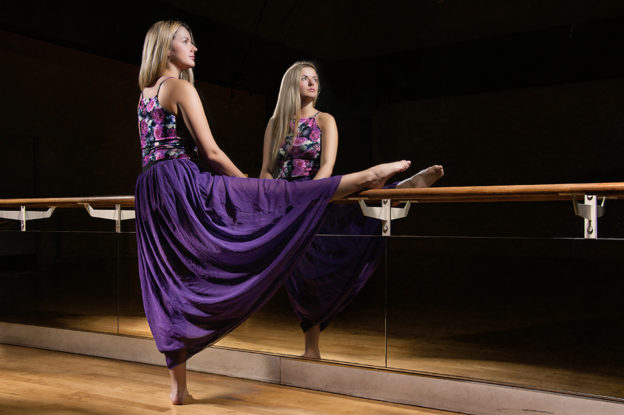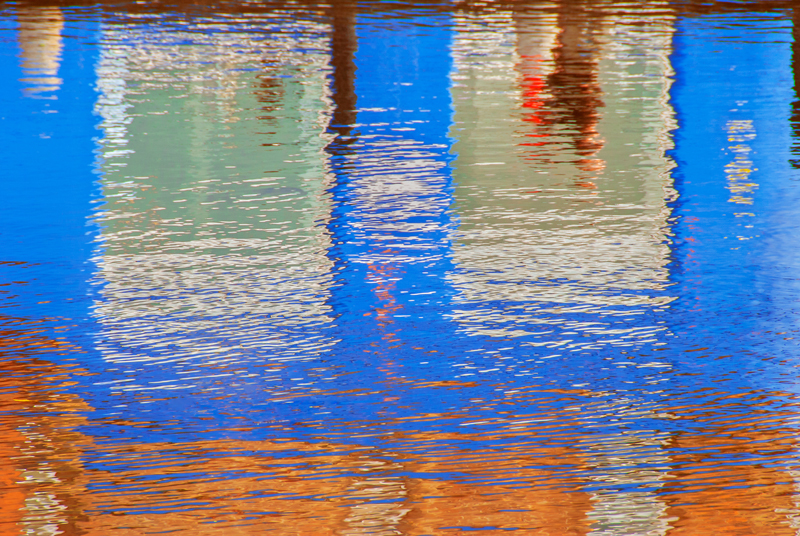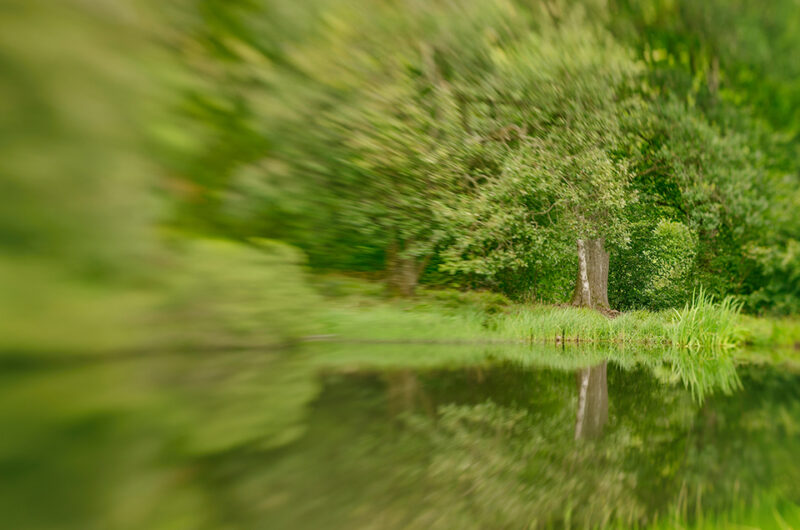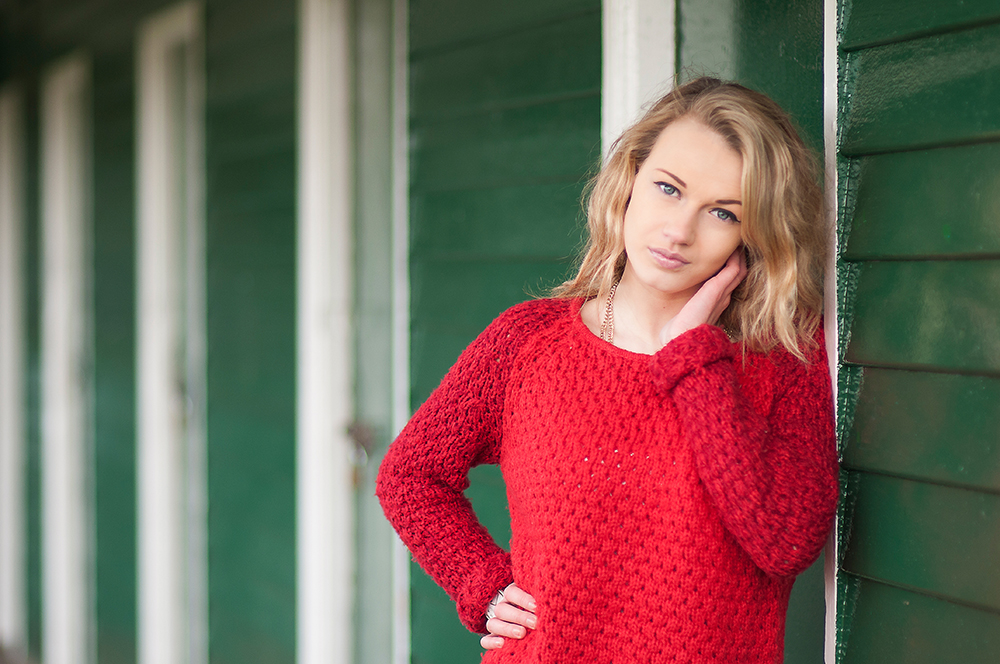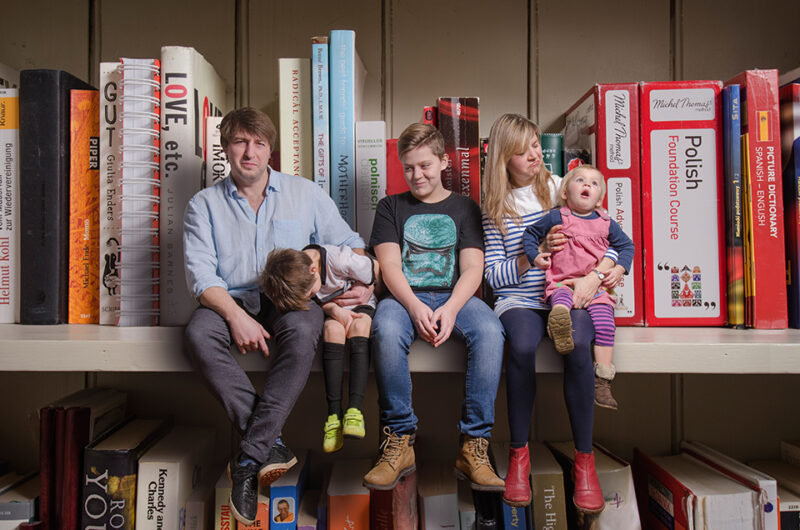I’ve been light painting dancers for some time now, and I believe I have honed my technique for a few set-ups, as in the ‘lone dancer at the bar’ one you can see below.
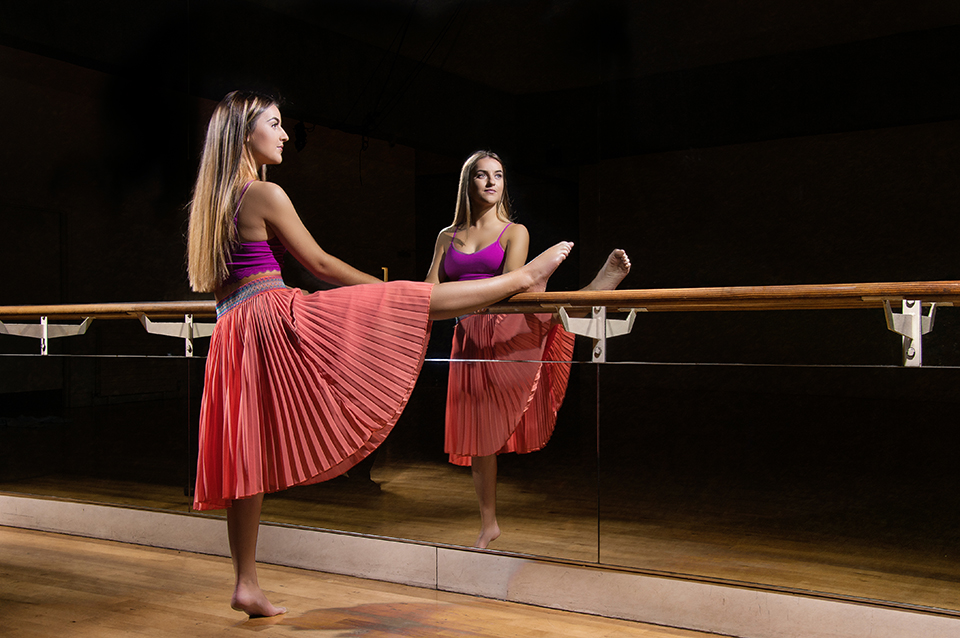
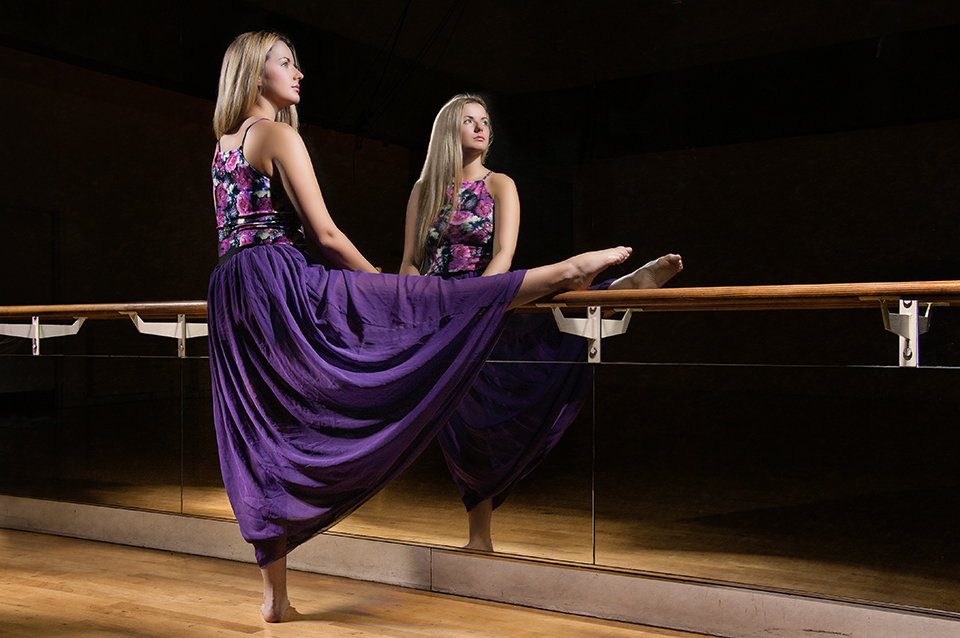
The light painting technique gives my images a distinct look that helps the photographs stand out amongst the deluge of pictures we are exposed to every day. I can therefore give my clients an edge in getting noticed.
I’m always looking to expand my light painting repertoire. It is quite the obvious step to experiment with light painting two people instead of one.
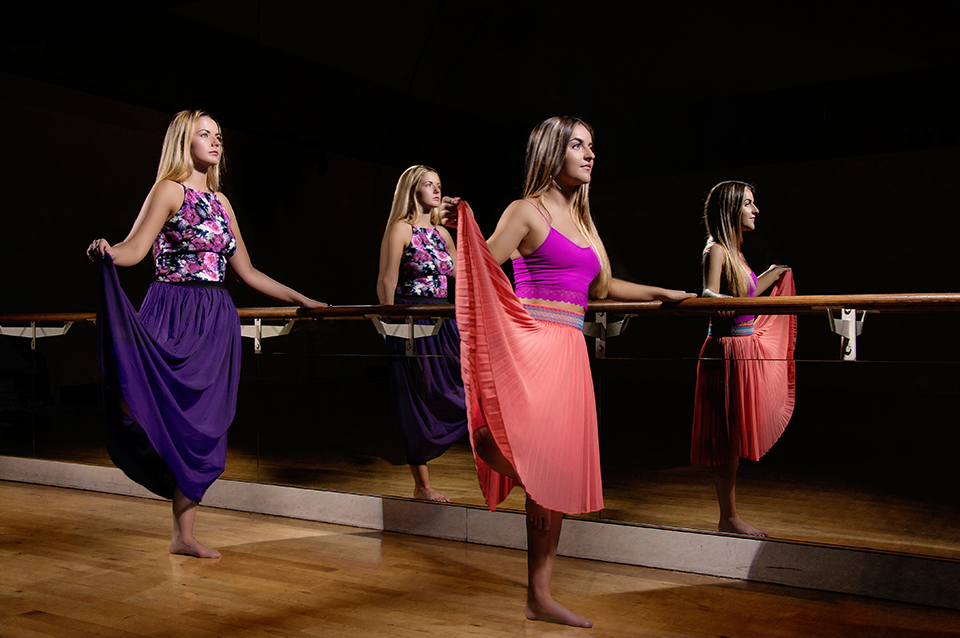
Usually, I ask my subjects to stand against something, sit on a chair or hold on to something firm, as it helps them stand still while I light paint them. During that light painting session, we experimented with removing any of these ‘helpers’ to see what happens. The light painting session was nearing its end and I knew I already had some good shots. Under these circumstances I like to try something I’ve not done before, to see what happens. Chanelle and Charmagne held hands as they stood away from any walls or chairs.
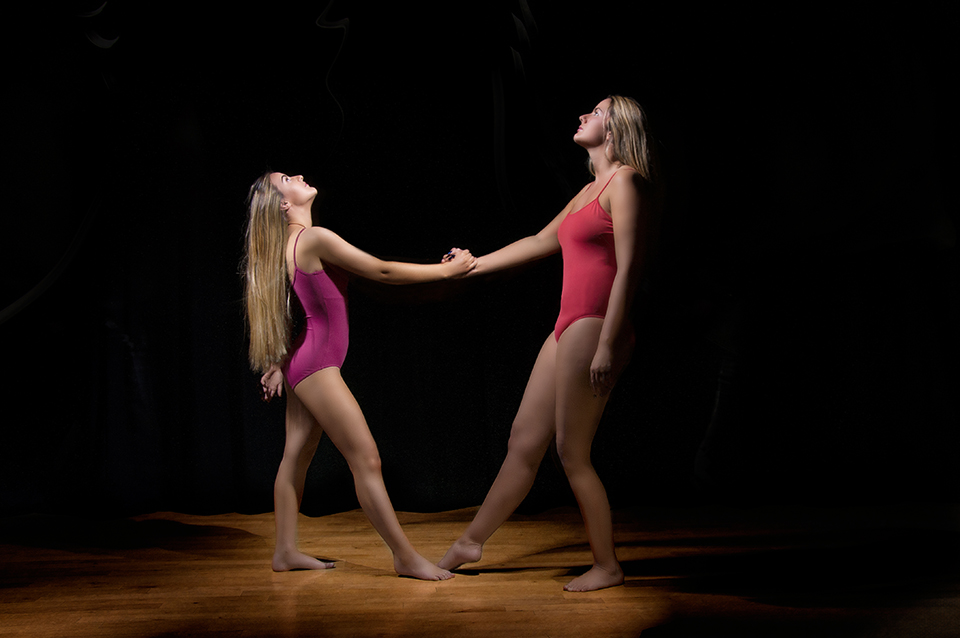
As could be expected, without anything to lean on, both subjects moved more during the light painting than what I’m used to. But thanks to the uniform dark background, it was relatively straightforward to fix this problem in Photoshop. The next step is for me to figure out how to do that with a more detailed backdrop. I look forward to trying this out.
Share this content on
